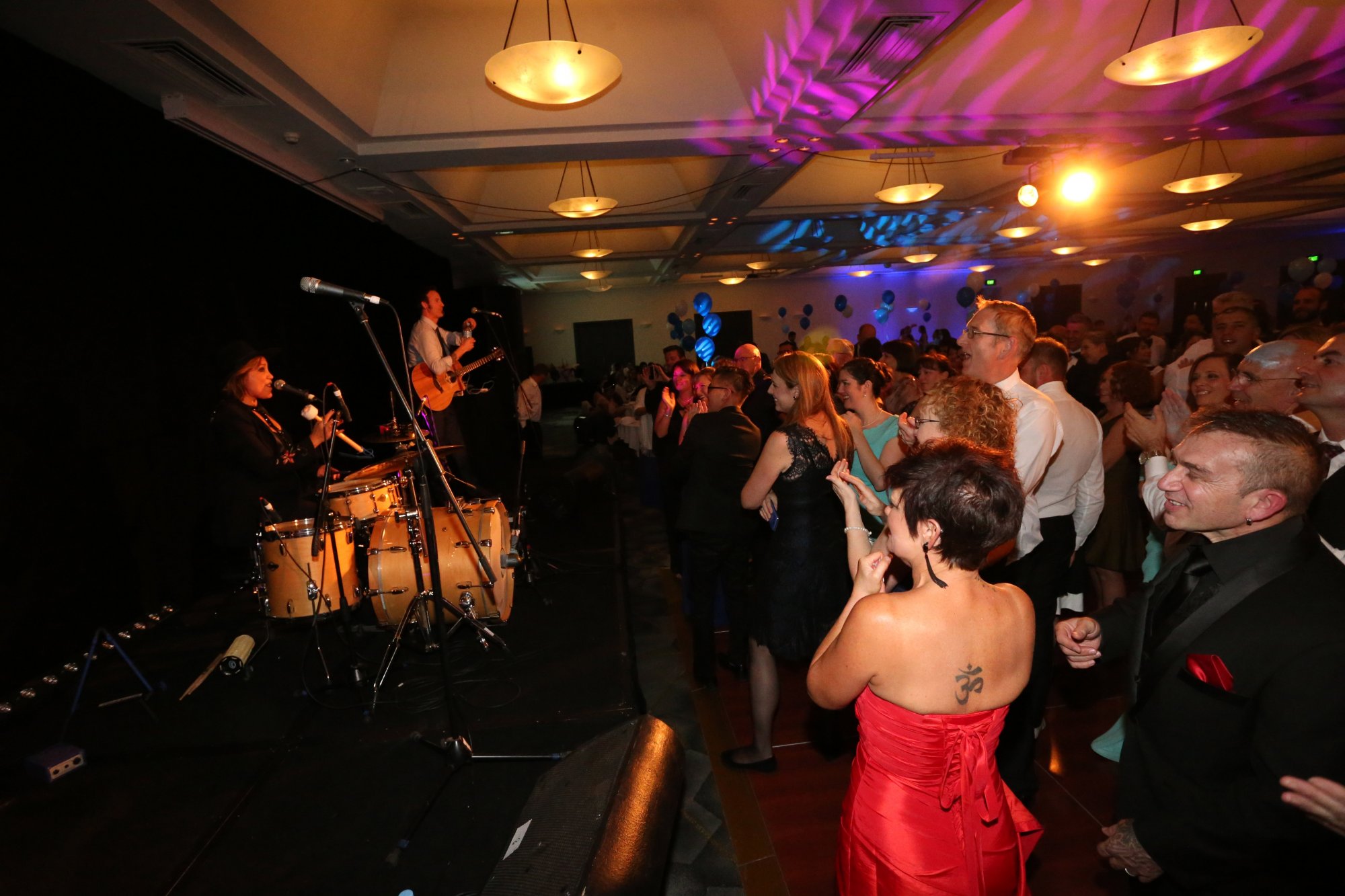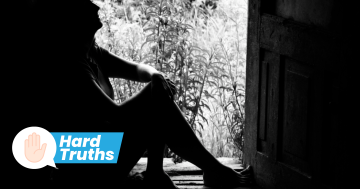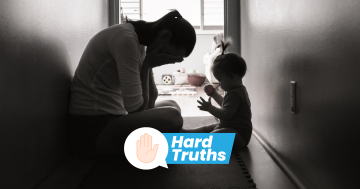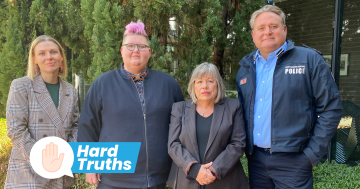 If you think you don’t know anyone who has been subject to domestic and family violence, you are probably mistaken. Prevalence rates are high. Nationally, analysis of Australian Bureau of Statistics (ABS) surveys shows that one in four Australian women experience at least one incident of violence from an intimate partner and the Australian Institute of Criminology reports that 23% of all homicides have been at the hands of an intimate partner, with 75% of victims being female. While both men and women are impacted by domestic and family violence, the vast majority of victims are female.
If you think you don’t know anyone who has been subject to domestic and family violence, you are probably mistaken. Prevalence rates are high. Nationally, analysis of Australian Bureau of Statistics (ABS) surveys shows that one in four Australian women experience at least one incident of violence from an intimate partner and the Australian Institute of Criminology reports that 23% of all homicides have been at the hands of an intimate partner, with 75% of victims being female. While both men and women are impacted by domestic and family violence, the vast majority of victims are female.
The ACT is not immune, with the Domestic Violence Prevention Council reflecting that the most recently available statistics showing around 9000 ACT women experience violence in a 12 month period. Young women more likely to be impacted than older women, and most violence being at the hand of an intimate partner or family member. The most recent crime statistics released by the ABS showed that in 2015/2016 the offender rates for domestic and family violence charges jumped by 35 percent and services are reporting significant increases in demand, at around 30% higher than in the previous years.
The culture and environments that create these high levels of violence are significant and require a whole of community response to change. We know that we need to change gender stereotypes, need to invest in primary prevention including respectful relationships programs and work together to create greater gender equality.
These are long-term projects and in the meantime, we need to continue to support frontline services that provide help for families who are fleeing domestic and family violence services. Contrary to belief, leaving is not easy and intensive support is needed to give families the chance they need to recover from the trauma and consequences of suffering violence at the hands of a person that they have loved and lived with.
One of these services is the Domestic Violence Crisis Service. They provide services 24 hours a day, seven days a week to ensure that there is someone at the end of the life at the point where people have the courage to leave and need this support. In addition to crisis services, DVCS also provides a range of community programs including support for young people, programs to support the victims of violence to stay in their own services and programs to support men who wish to change their violence and/or controlling behaviour.
DVCS is funding through government funding and donations. Government funding is currently under a cloud as the Federal Government is yet to make a decision about the future of the funding of homelessness services, which this program is funded under, so there has never been a more important time to support this service.
You have a chance to support this great service. Think about donating, or attend their gala blue and white ball which will be held on 1 April 2017. The theme of the Ball is ‘keep it local’ which means that all auction items, speakers and the band are all from our local community. This is an opportunity to have a great night out while also supporting a service our Canberra community can not do without out.
Tickets can be purchased from the DVCS via https://dvcs.org.au/





















